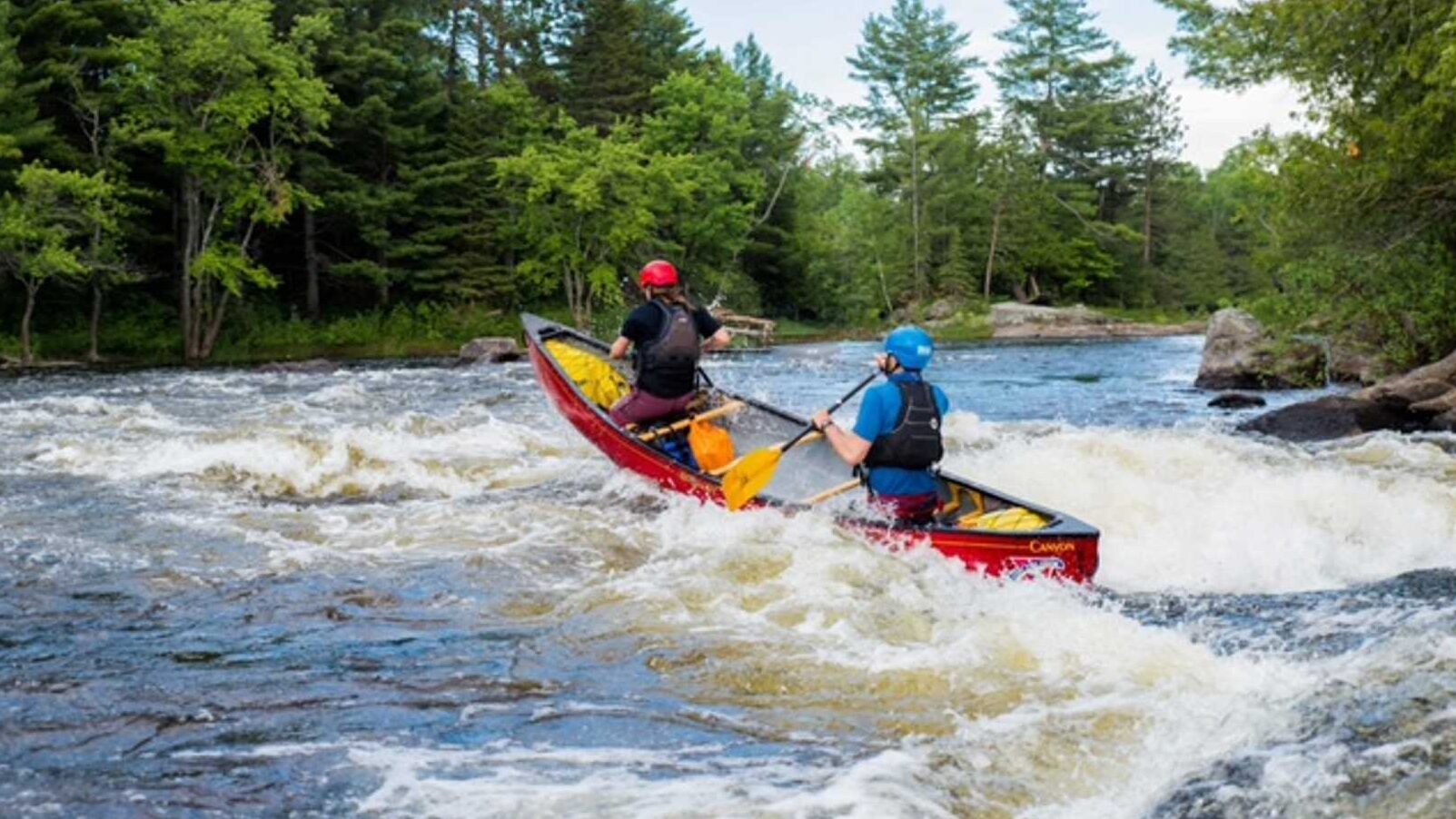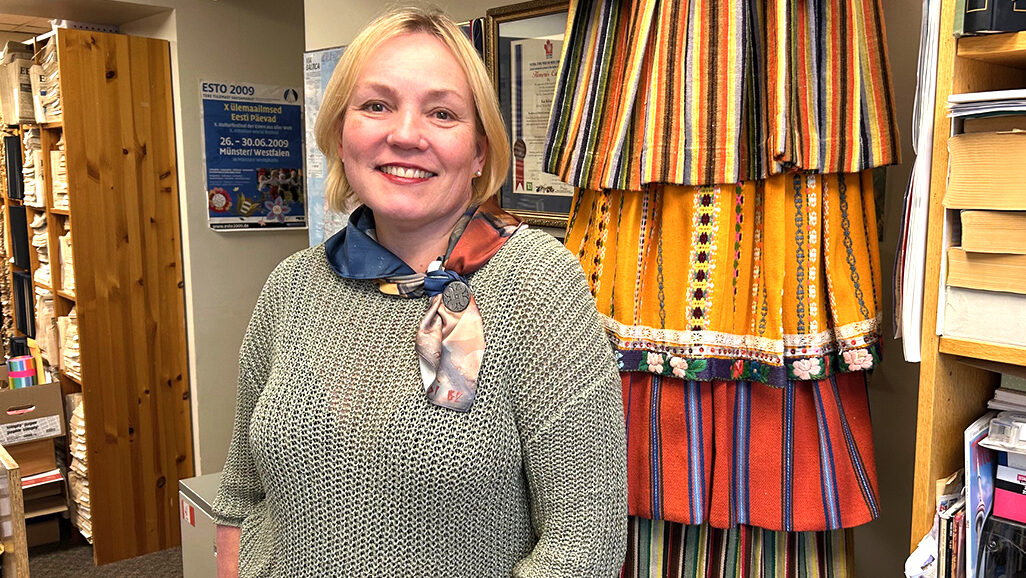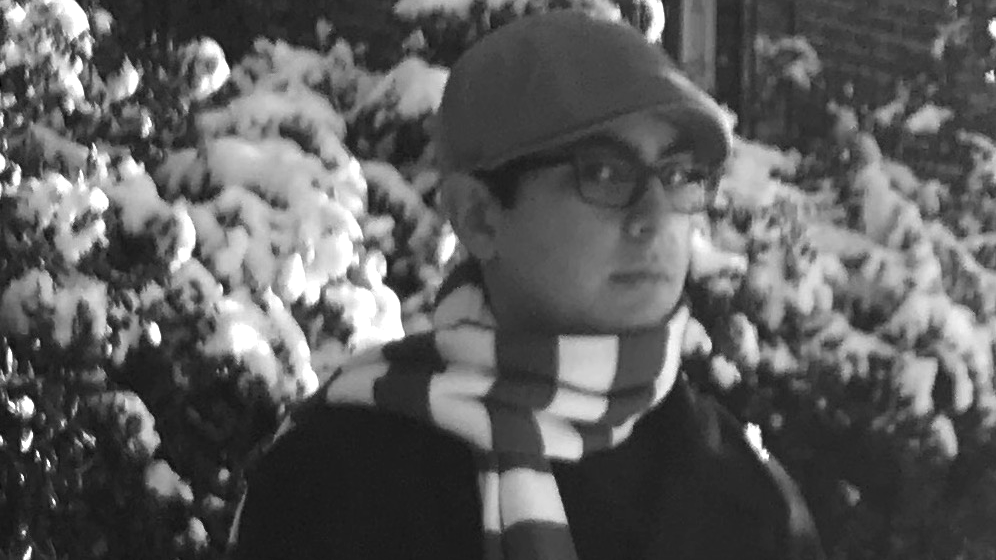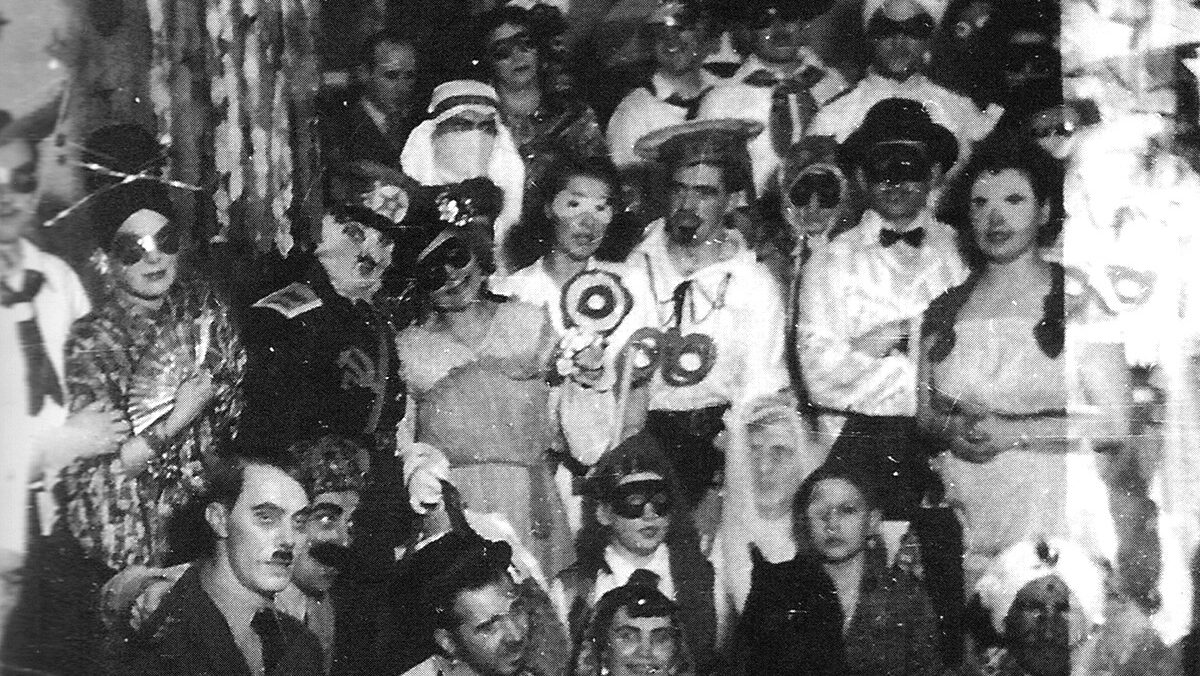Canoeing is a sport that first caught his attention at an early age. Talking about how he got started, Einola explains how the camp he went to as a kid, Camp Towhee, did a five-day canoe trip every year. He continues, “I was then part of the leadership training program… I got the canoe tripping ‘bug' through that.”
That bug led to a job in Muskoka, at YMCA Camp Pine Crest, where he's worked for eight summers now. As a counselor, he was running three to five canoe trips right away and gradually moved from working with younger kids to leading longer, flatwater canoe trips for teenagers in places like Quetico Provincial Park and 20 days near Thunder Bay.
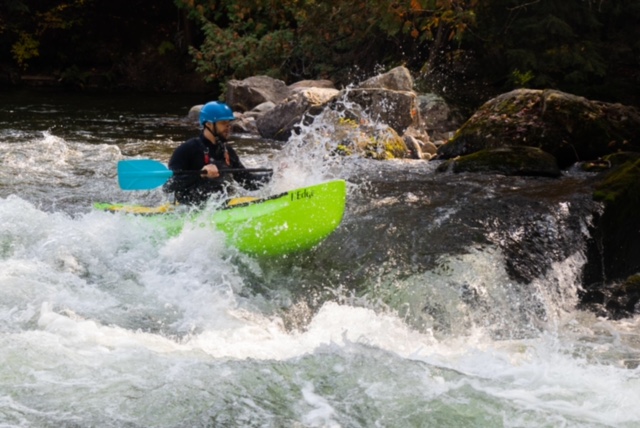
Still, he wanted to dive into whitewater canoeing as it opened up more areas with less of the burden of portaging. Thus, he went to The Boundless School near Bancroft, Ontario. He notes how, “the area has some of the best beginner whitewater for canoeing and kayaking.”
Having, at that point, studied social work at an undergraduate level, it was an opportunity to get a different type of work experience. The school had solo whitewater canoes that the staff were allowed to take on their days off, to go play in the rapids.
The fun of getting out on the water made it easier to grow technical skills and prove himself as an outdoor leader. Einola says, “A lot of these trips that I'm running as a guide are in very remote wilderness settings… In that kind of setting, it's about the ability to use risk management.” Einola has become more experienced at reading rivers, and also making decisions based on group skill level and remaining physical energy.
He can then teach kids to do the same. Each kid has a chance to be a “leader of the day”, watching the map and the changes of the river extra closely.
So how do you read a river?
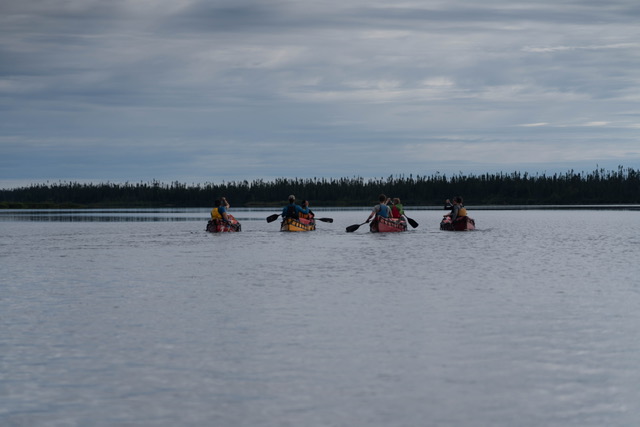
The changes in a river create features like a “wave train”, where the water hits one area and re-circulates backwards. Then there are eddies, formed by an obstruction in the water, such as a boulder, with the water flowing around it. Einola says, “I equate whitewater canoeing to skiing or snowboarding, where you're picking your lines and using the features of the mountain to get from here to there.”
Einola went back to the beginning and described how rivers flow to reach a larger body of water, and how rapids are formed. The steeper a river's profile is from source to mouth, the faster the water flows. Rapids can also be caused by the narrowing of riverbeds or a sudden influx of precipitation, which increases a river's discharge.
Hazards to avoid include rocks, spinning river “holes”, steep drop-offs, and “screeners”, which are other blockages, like tree branches. Almost 10 years in the outdoor industry has shown Einola the best and worst case scenarios.
This past summer, he led a trip on the Kesagami River which flows into James Bay, part of the Hudson Bay.
Though much of the area is inaccessible by car, the group were driven one hour north of Cochrane, Ontario and dropped off on the side of the road, where they then paddled for seven days to Kesagami Lake and down the rapids to meet the confluence of the Kesagami and Harricana rivers. The closer to James Bay one gets, the conifers of dense boreal forests give way to birch trees, and the occasional seal swimming upstream.
Before arriving, the group hired a ferry service from Moose Cree First Nation in Moosonee, to avoid the bay's tides and heavy clay. As it happened, the ferry came for them a day early because of impending 40 kilometre per hour gusts, blowing in from a hurricane further south.
One of the most trying expeditions Einola has led was a 14-day canoeing and hiking trip in the rugged terrain of Killarney Provincial Park. It started with one young canoer slipping on a rock and spraining their ankle, another spraining their knee, a third kid pulling a nerve in their back. Finally, a fourth kid who didn't want to be there anymore deliberately broke his own toe. Thankfully, Einola is trained in wilderness first aid and was able to assess each injury. After conducting a spinal assessment, the back injury was treated successfully. However, a quarter of the group were still unable to continue and had to be carried two days to an evacuation point.

Every trip has its tough moments, but major injuries haven't happened on a trip of his in a number of years. Having a system to prevent and deal with these situations is part of holding everything together.
During his undergraduate studies, he worked for the Integra Foundation, instructing youth with learning disabilities in the foundation's Mindful Martial Arts program. Einola's first connection to the program was before university, though, as a youth participant himself, and then as a volunteer.
Brazilian jiu-jitsu and muaythai were tools to teach coping and self regulation skills. When kids often don't want to be there, he says a big part of his job is “understanding and validating the experience of the youth.” Even when an activity is usually enjoyable, you have to understand why someone might not be comfortable. And then, as a social worker, he finds ways to work through what's making them uncomfortable, enabling a sense of accomplishment and satisfaction.
Now starting his master's degree at UBC's Okanagan Campus, he is training to become a child therapist.
Thinking about the future, he's enthusiastic about “potentially creating programs partnered with organizations that will provide the gear and guides… to practice coping mechanisms in safe spaces, and then take kids out to do therapeutic work in the woods.”
From a neurological perspective, it's evident that beta endorphins released into the blood during exercise are beneficial to one's health. There's also the benefit of sunlight, fresh air, achieving goals, and having a routine.
Einola concludes that, even if you're not down for a 20-plus day wilderness excursion, there is still something there for you in the outdoors, whatever your comfort level is.
This article was written by Vincent Teetsov as part of the Local Journalism Initiative.
